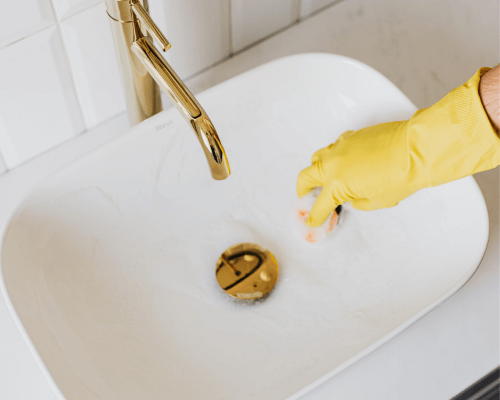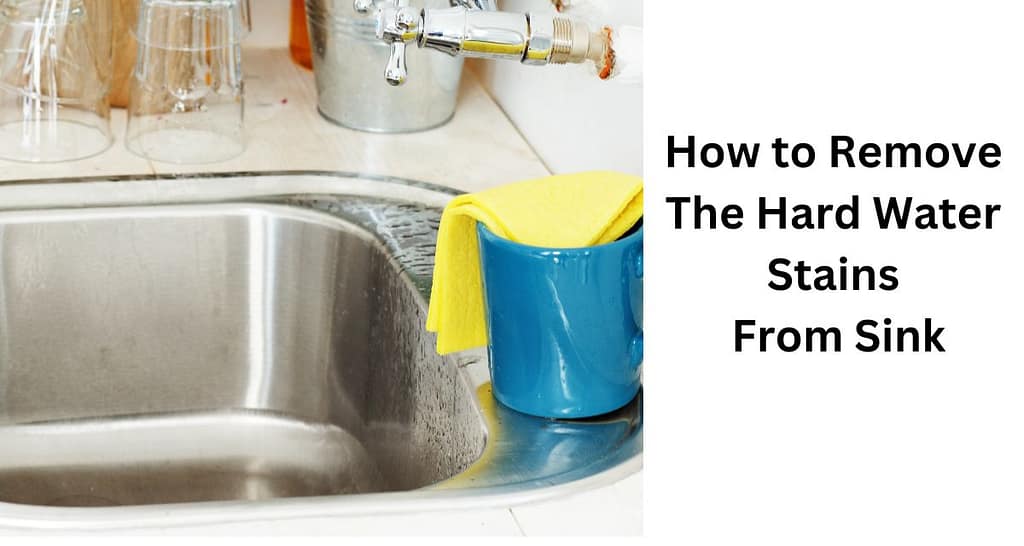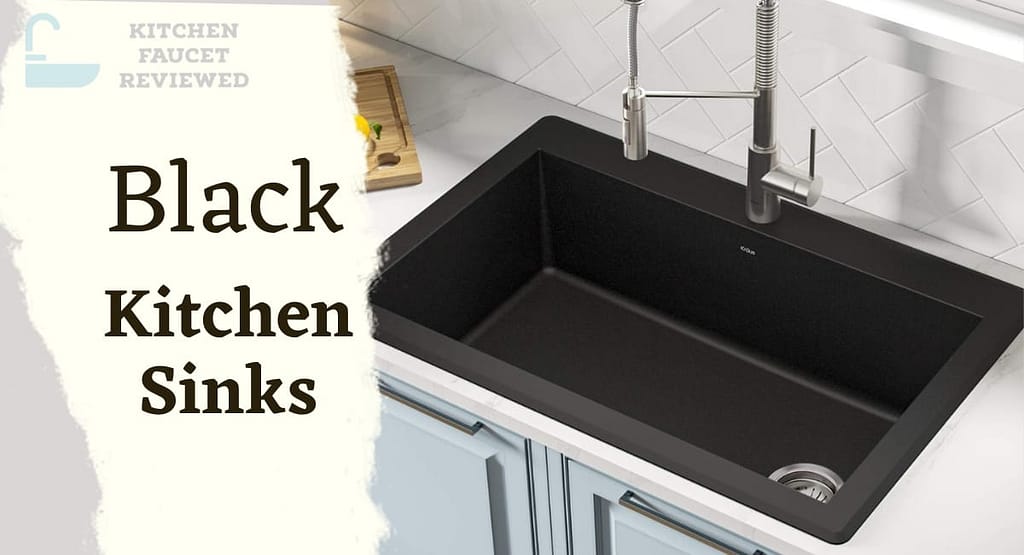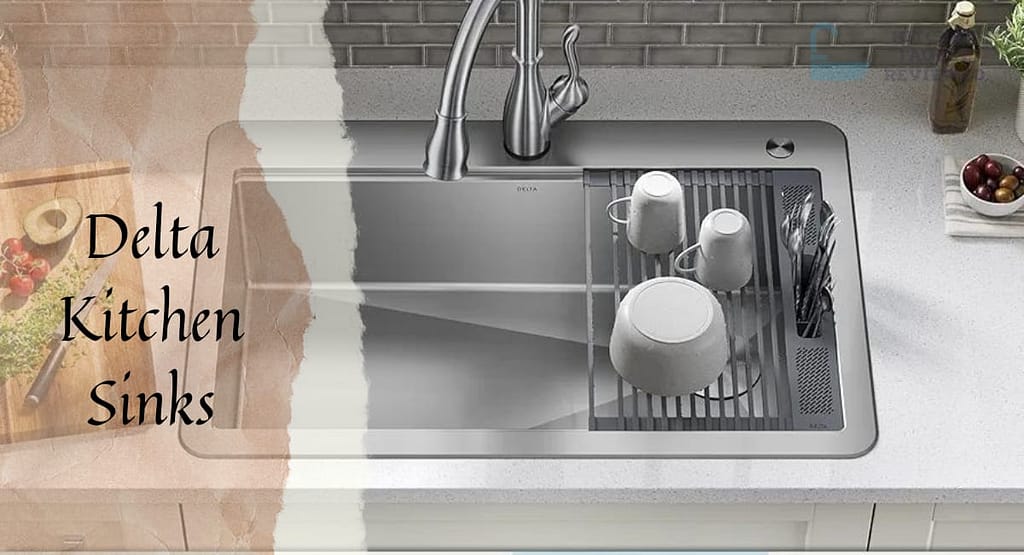Slow sink draining is a common household annoyance that can disrupt your daily routine. Whether you’re dealing with a sluggish bathroom sink or a kitchen sink that seems to take forever to empty, understanding the causes and solutions is essential. In this comprehensive guide, we’ll explore the most common reasons behind slow sink drainage and provide effective solutions to fix them.
What are the 6 Common Causes of Slow Sink Draining and How to Fix Them in 2025

1. Accumulated Hair and Soap Scum:
One of the primary culprits of slow sink drainage is the accumulation of hair and soap scum in the drain. Over time, these substances can create a blockage that restricts water flow.
Solution:
- Remove the sink stopper and clean out any visible debris.
- Use a drain snake or a zip-it tool to reach deeper clogs.
- Consider using a hair-catching drain strainer to prevent future clogs.
2. Food Residue in the Kitchen Sink:
In the bustling heart of your home, the kitchen sink often bears the brunt of daily food-related activities. It’s no wonder that food particles and grease can quickly accumulate in the drain, leading to slow drainage. This is especially true for households equipped with garbage disposals, where food waste is ground up and flushed away. However, this convenience can also lead to clogs and reduced sink efficiency.
The Challenge of Food Residue:
When food scraps, especially those high in fat or grease, go down the drain, they don’t magically disappear. Instead, they can cling to the walls of the pipes, harden, and accumulate over time. This buildup narrows the pipe’s diameter, restricting the flow of water and causing the sink to drain slowly.
Effective Solutions:
Here are some practical solutions to combat food residue-related slow sink draining:
1. Scrape Food Scraps: Before placing dishes in the sink or dishwasher, take a moment to scrape off any leftover food scraps into the trash or a compost bin. By minimizing the amount of food waste entering your sink, you reduce the chances of clogs.
2. Run Cold Water: When using the garbage disposal, always run cold water simultaneously. Cold water helps solidify greasy residues, making it easier for the disposal to break them down into smaller particles. It also aids in flushing these particles through the plumbing, preventing blockages.
3. Maintain the Garbage Disposal: Periodically clean your garbage disposal to ensure it functions optimally. One effective method is using a mixture of ice cubes and citrus peels. The ice helps dislodge debris and sharpens the blades, while the citrus peels leave a refreshing scent.
A Few Additional Tips:
- Avoid putting extremely fibrous or starchy foods, like celery or potato peels, down the garbage disposal, as they can create stubborn clogs.
- Install a sink strainer or trap to catch food particles before they enter the drain, and empty it regularly.
- If you encounter a persistent slow drain issue, consider checking the P-trap under the sink for any trapped food debris. Be sure to turn off the water supply before doing so.
3. Mineral Buildup:
For those living in regions with hard water, the struggle with mineral buildup in sink drains is all too familiar. Hard water contains high concentrations of minerals, such as calcium and magnesium, which can accumulate in your plumbing system over time, leading to reduced water flow and potentially causing clogs.
Understanding Mineral Buildup:
Mineral buildup occurs as water containing these minerals flows through your plumbing. As it evaporates, the minerals are left behind, gradually forming deposits on the interior of your pipes. This can result in a constricted pipe diameter, reducing water flow and making it harder for water to drain efficiently.
Effective Solutions:
Here are some practical solutions to combat mineral buildup-related slow sink draining:
1. Commercial Drain Cleaner: Using a commercial drain cleaner specifically designed to dissolve mineral deposits is an effective way to tackle the problem. These products typically contain acidic compounds that break down and remove mineral deposits, restoring the flow of water.
2. Vinegar Soak: Soaking a cloth or paper towel in vinegar and wrapping it around the faucet or the affected area can help dissolve mineral deposits. Vinegar’s acidic properties work to break down and loosen the mineral buildup. Leave the cloth or paper towel in place for a period of time to allow it to work effectively.
3. Long-Term Solution: Water Softener Installation: If you live in a hard water area and frequently deal with mineral buildup issues, consider installing a water softener in your home. A water softener works by replacing the calcium and magnesium ions in hard water with sodium or potassium ions, significantly reducing mineral accumulation in your plumbing over time.
4. Bent or Misaligned Pipes:
Sometimes, the pipes under the sink can become bent or misaligned, causing water to slow down as it travels through the drain system.
Solution:
- Inspect the pipes for any visible issues and correct them if possible.
- If you’re not comfortable doing it yourself, hire a professional plumber to assess and fix the pipe alignment.
5. Clogged Vent Pipe:
In some cases, slow sink draining can be caused by a clogged vent pipe. The vent pipe helps maintain proper air pressure in the drain system, allowing water to flow smoothly.
Solution:
- Inspect the vent pipe on the roof for obstructions like leaves, debris, or even bird nests.
- Clear the vent pipe or call a professional to do it safely.
6. Faulty or Outdated Plumbing Fixtures:
Old or deteriorating plumbing fixtures can contribute to slow sink drainage. Corroded pipes, worn-out seals, and outdated components may hinder water flow.
Solution:
- Consider replacing old or damaged plumbing fixtures and pipes.
- Hire a professional plumber to assess your plumbing system and recommend necessary updates.
DIY Drain Cleaning: Tips and Tricks to Restore Sink Flow
Is your sink draining slower than usual, causing water to accumulate and create a messy situation? Before calling a plumber, you can often tackle this common household issue with some DIY drain cleaning. Here’s a step-by-step guide with tips and tricks to help you restore the flow of your sink.
1. Start with Safety Precautions:
Water is very important for health that’s why before starting the process it is also important to wear gloves and protective eyewear. Chemical drain cleaners can be harsh, so it’s important to protect your skin and eyes.
2. Gather Your Tools:
You’ll need a few basic tools for DIY drain cleaning, such as a plunger, a drain snake (also known as a plumber’s snake), a bucket, and an old towel or rag.
3. Use a Plunger:
If your sink is blocked, grab a plunger. Make sure there’s some water in the sink covering the plunger’s cup. Put the plunger over the drain and push and pull it to create suction. This usually helps to clear small blockages.”
4. Remove Debris:
Sometimes, you can remove visible debris from the drain by hand or using a pair of needle-nose pliers. Make sure the sink stopper is removed before attempting this.
5. Try a Drain Snake:
For deeper clogs, a drain snake can be very effective. Insert the snake into the drain and turn the handle clockwise to catch or break up the clog. Pull out the snake, along with the clog, if possible.
6. Baking Soda and Vinegar:
For a natural and eco-friendly solution, you can use a mix of baking soda and vinegar. Start by pouring around half a cup of baking soda into the drain, followed by half a cup of vinegar. Leave it there for 15-30 minutes, and then rinse with hot water. This can be effective in breaking down and clearing out small clogs.
7. Boiling Water:
Sometimes, a simple solution is the most effective. Boiling water can often dissolve grease and other substances that clog the drain. Carefully pour a kettle of boiling water down the drain to help clear it.
8. Maintain Regularly:
To prevent future clogs, consider using a hair-catching drain strainer or a drain stopper in your sink. Regularly cleaning the strainer or stopper can significantly reduce the accumulation of debris in your drain.
9. Know When to Call a Professional:
If your DIY efforts do not clear the clog, or if you suspect a more serious issue with your plumbing, it’s essential to call a professional plumber. Attempting complex repairs without the right expertise can lead to further problems.
By following these DIY drain cleaning tips and tricks, you can often restore proper sink drainage and avoid the inconvenience of slow-draining sinks. Remember to exercise caution and prioritize safety, especially when using chemical cleaners or drain snakes.
Conclusion
A slow-draining sink can be a frustrating problem, but understanding the common causes and their solutions can make it easier to address.
By taking a proactive approach to prevent clogs and regularly maintaining your sink and drain system, you can keep the water flowing smoothly and avoid the inconvenience of a slow sink.
Whether it’s tackling clogs caused by hair, food, minerals, or plumbing issues, these solutions can help you restore your sink’s drainage efficiency and maintain a smoothly running household.
FAQs
Q1: What are the most common causes of slow sink draining?
A1: Common causes of slow sink draining include the accumulation of hair and soap scum, food residue in kitchen sinks, mineral buildup, and foreign objects getting stuck in the drain.
Q2: How to prevent hair clogs in bathroom sink?
A2: To prevent hair clogs, consider using a hair-catching drain strainer or regularly cleaning your sink stopper to remove any visible hair. Additionally, using a drain cover in your shower can help trap hair before it enters the drain.
Q3: My kitchen sink is draining slowly due to food residue. What can I do to fix it?
A3: To address food residue clogs in the kitchen sink, make sure to scrape food scraps into the trash before washing dishes. Running cold water while using the garbage disposal can help flush debris, and periodic cleaning with ice cubes and citrus peels can maintain a clear drain.
Q4: Are chemical drain cleaners safe to use for unclogging sinks?
A4: While chemical drain cleaners can be effective, they are often harsh and may damage your plumbing or harm the environment. It’s advisable to use them sparingly and consider safer alternatives like baking soda and vinegar or mechanical methods.
Q5: How do I know if it’s time to call a professional plumber for a slow-draining sink?
A5: You should consider calling a professional plumber if your DIY efforts do not resolve the issue, if you suspect a more serious plumbing problem, or if you have recurrent slow drain problems despite regular maintenance.
Q6: Can slow sink draining be a sign of a larger plumbing issue in my home?
A6: Yes, slow sink draining can sometimes indicate underlying plumbing issues such as damaged pipes, tree root intrusions, or main sewer line problems. If slow draining is consistent and widespread in your home, it’s wise to consult a plumber to rule out such issues.
Q7: Is it possible to prevent slow sink draining altogether?
A7: While you can’t entirely eliminate the possibility of slow sink draining, regular maintenance and preventive measures, such as using drain strainers and being mindful of what goes down the drain, can significantly reduce the frequency of clogs and slow drainage.
Q8: What should I do if I’ve tried DIY methods but the sink is still draining slowly?
A8: If DIY methods don’t work, it’s time to consult a professional plumber. They have the expertise and tools to diagnose and address more complex drainage problems effectively.





